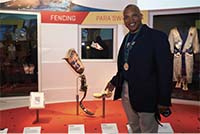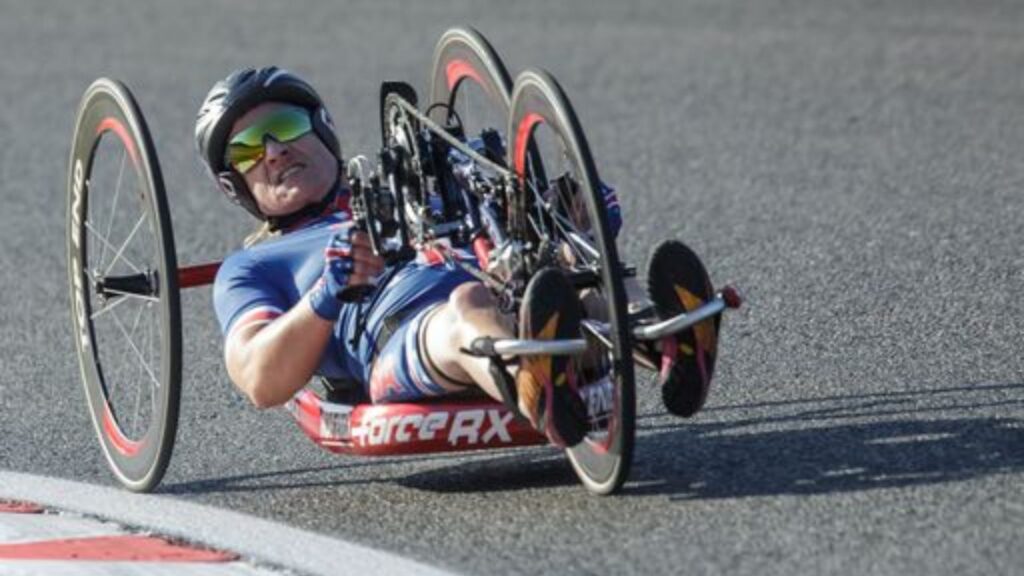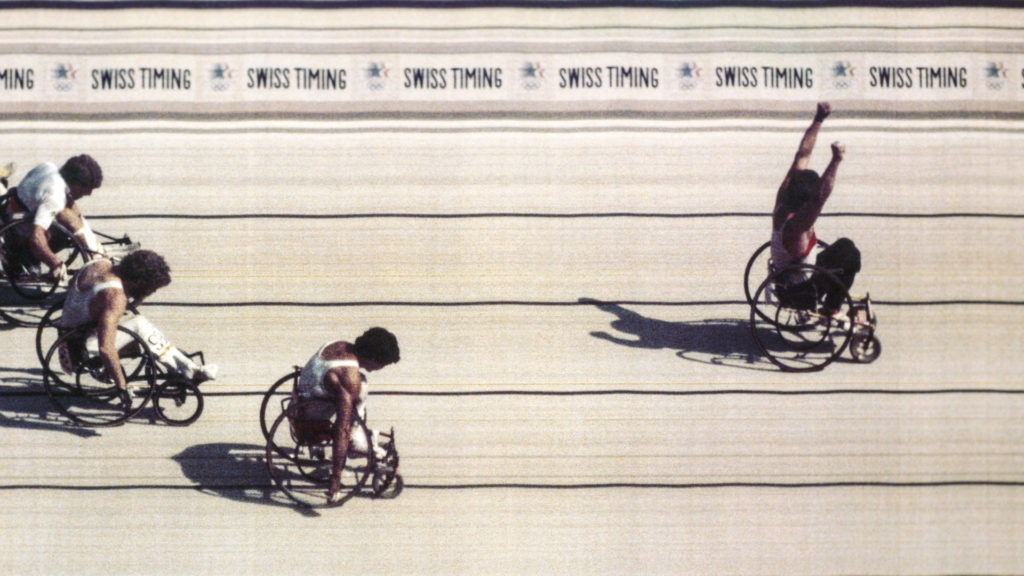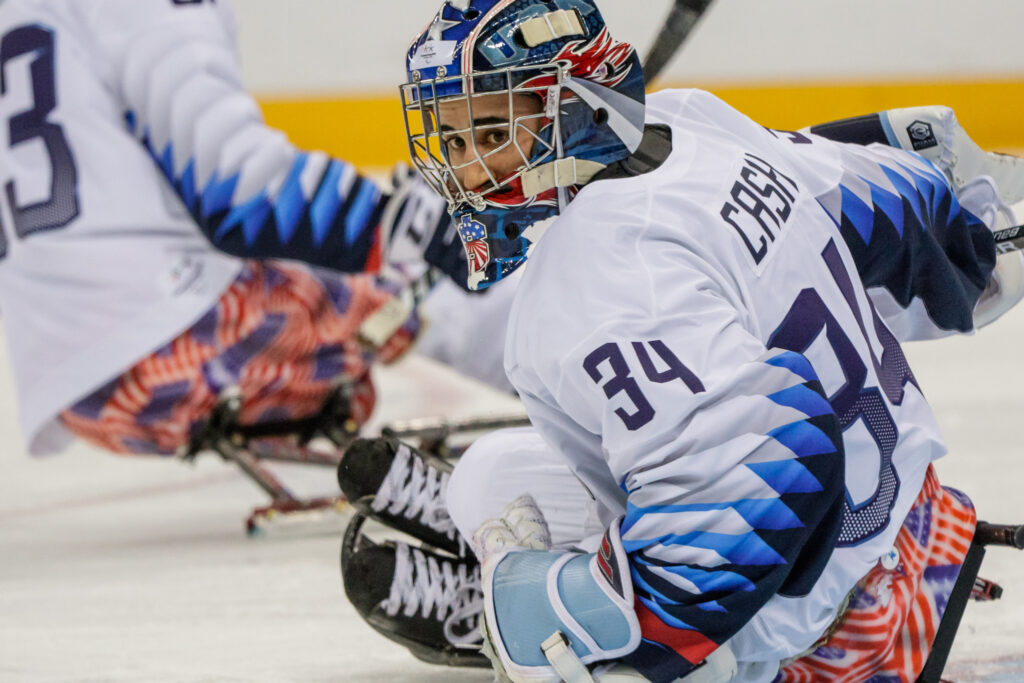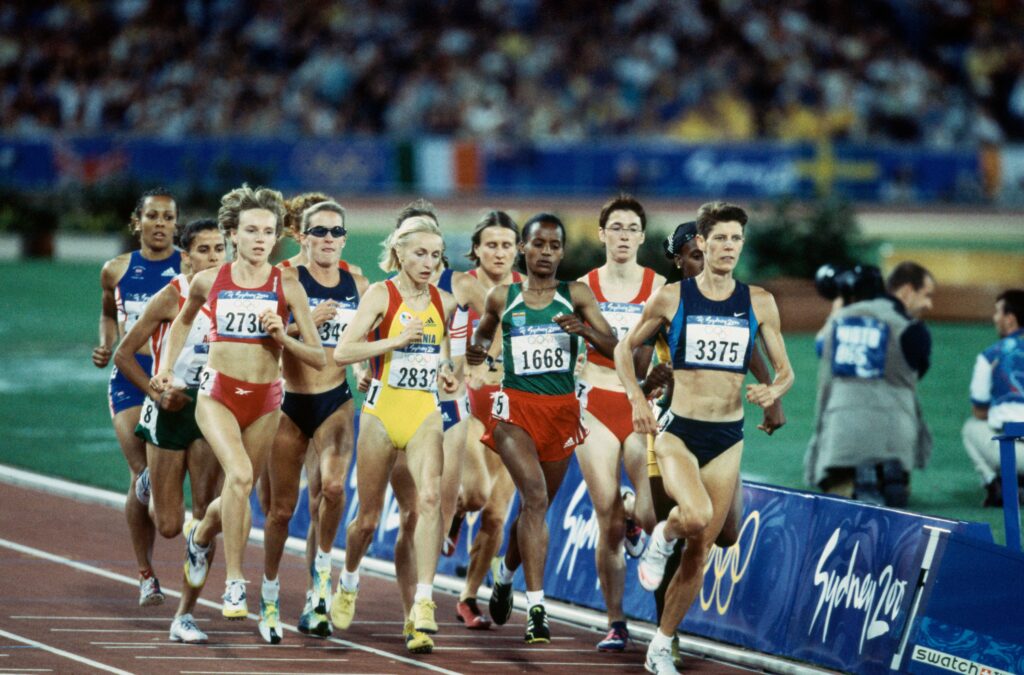When Diana Golden Brosnihan was inducted into the International Women’s Sports Hall of Fame, the citation on her entry was succinct: “She persuaded the ski world to treat all athletes the same, regardless of ability or, in her case, disability.”
Indeed, Golden Brosnihan wanted to be known simply as an athlete.
Yes, cancer had ravaged her body. At age 12, bone cancer forced doctors to amputate her right leg above the knee. But by the next ski season, Golden was back on the slopes. At first, she used one ski and two outriggers, which are forearm crutches with ski tips attached. She would forego the outriggers in favor of tradition ski poles so that she could ski faster, reaching speeds as fast as 65 miles per hour.
Golden dominated her disabled competition, winning 19 national championships and 10 world championships. In 1988, when disabled skiing was a demonstration sport at the Calgary 1988 Olympic Winter Games, Golden took gold in the giant slalom. She won two gold medals that same year at the Innsbruck 1988 Paralympic Winter Games.
Golden, though, was not satisfied with participating against competitors with similar handicaps. She petitioned the United States Ski Association to allow her and other disabled skiers to race against their able-bodied counterparts. The “Golden Rule” allowed this.
Golden’s cancer returned at different points in her life. But she remained motivated. She took up rock climbing and successfully climbed Mount Rainier.
Golden married former Dartmouth College classmate Steve Brosnihan in 1997. She passed away from cancer in 2001 at age 38.



